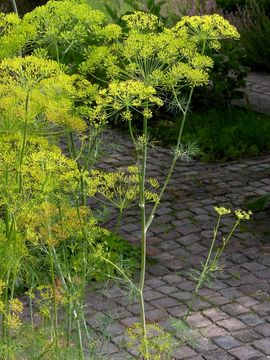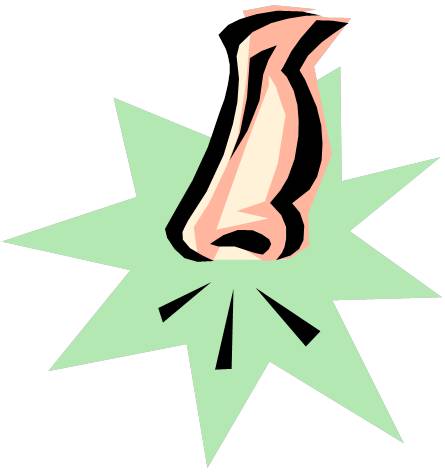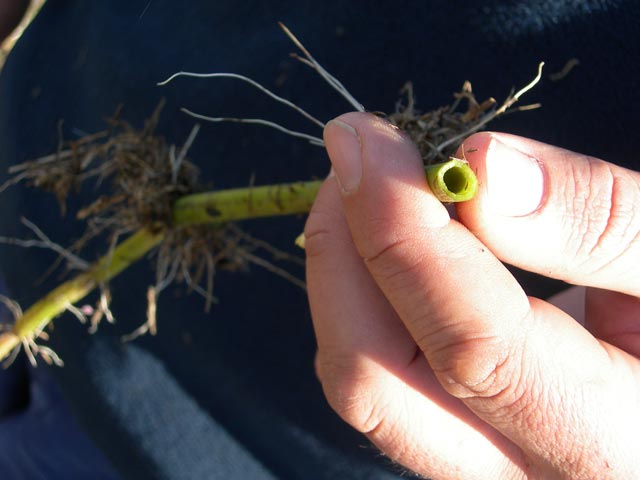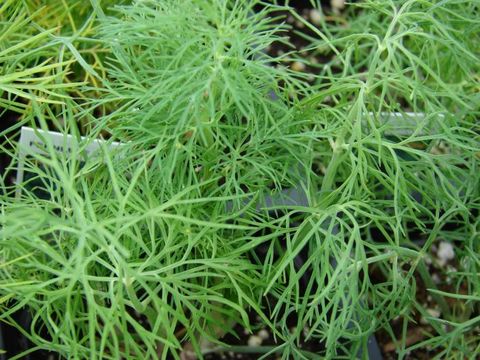Adaptations
The
dill plant has several adaptations that allow it to be
successful. Some of these adaptations include:
1. Dill can grow in a wide range of soil types and conditions.
Although it does have some more favorable conditions (as stated
on the
habitat page),
dill is fairly flexible as long as it gets plenty of sunlight.

2. The dill plant can grow up to around 3 feet, which is very
advantageous because then it is not being shaded by other
plants. The taller the plant, the closer to the sun, the more
nutrients the plant is able to make for itself.
3. On the other end of this (literally!), the dill plant has very
long roots which allow for greater absorption of water, as well
as providing a stable base for this tall plant.

4. Dill has a very strong odor; in fact, its scientific name
"graveolens" literally means strong smelling! There are actually
two benefits to this adaptation. One benefit is that the scent actually repels pesky
insects, so dill’s scent is actually its first line of defense.
The other benefit is that it attracts insects that are going to
pollinate dill and aid in its reproduction.
5. Dill is an angiosperm, meaning that its seed have seed
coverings. This is a very important adaptation because the
covering provides nourishment and protection for the embryo.
This seed covering provides a greater likelihood for
reproduction.

6. Hollow stems are an adaptation that not all plants have.
There could be many possible reasons why hollow stems are
advantageous. One example of an advantage could be that it makes it
easier for the plant to bend or even snap off in the wind. Now, this might seem like it wouldn't be very good
for the plant, right? Well, you wouldn't want the plant to topple
over while it is still growing, but this adaptation helps with
the dispersal of the dill seeds once the plant is done growing for
the season. The plant bends over or snaps off
in order to "dump" its seeds out onto the ground so that they can
grow the next season.
7. Umbels are advantageous because they are especially attractive to
pollinators. They effectively disperse dill's scent, and instead of
just one flower per stem there are several small flowers. The small,
exposed flowers are attractive to pollinators, therefore increasing
the likelihood that dill will be pollinated.

8. Dill has very skinny leaves (most prevalent when the plant is
young) and thin stems, which means increased surface area to
volume ratio. Lots
of surface area means that there is optimal surface to
photosynthesize and produce energy for the plant.
Want to learn more about dill and how it gets energy? Go to the
Nutrition page!
